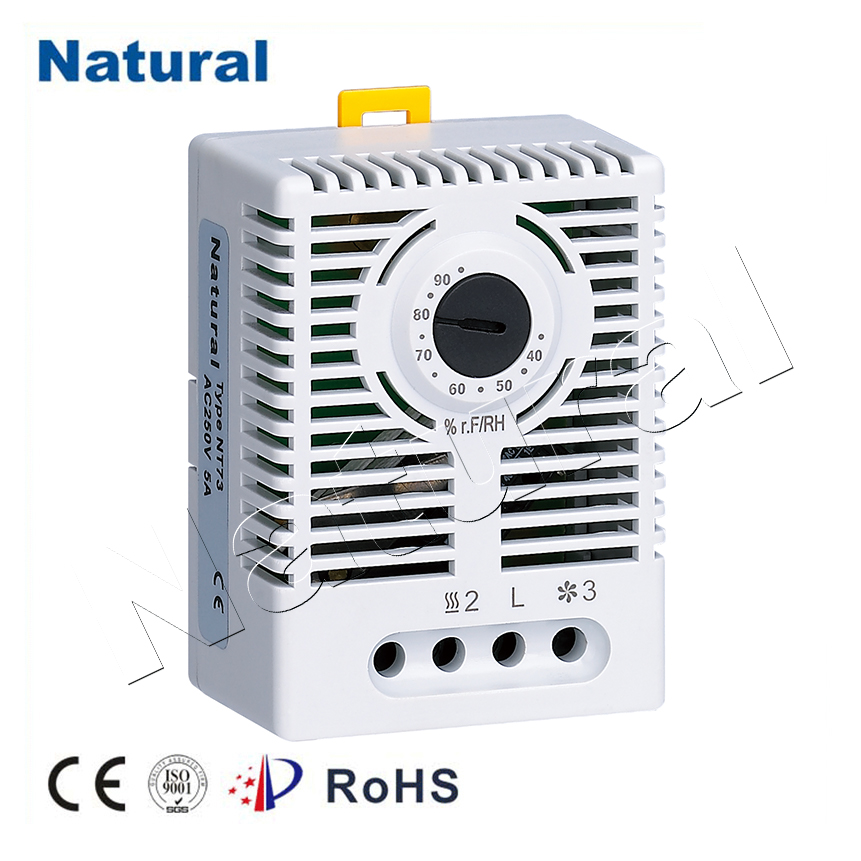Introduction

In the modern era of advanced technology, where smart devices and automated systems dominate the scene, it’s intriguing to step back and explore traditional mechanisms that have effectively served their purpose for decades. The mechanical hygrostat, a device designed to regulate humidity levels, falls into this category. In this article, we will delve into the concept, working principles, and applications of the mechanical hygrostat. Understanding the Mechanical Hygrostat A mechanical hygrostat is a simple yet ingenious device used to control humidity levels in various environments. Unlike its electronic counterparts, it operates using mechanical components, relying on the physical properties of materials to respond to changes in humidity. Working Principles The core principle behind a mechanical hygrostat involves the use of hygroscopic materials, which naturally absorb or release moisture based on the surrounding humidity. Commonly, a hygroscopic material, such as a treated fiber bundle, is connected to a mechanical linkage system. As the humidity changes, the hygroscopic material expands or contracts, causing the mechanical linkage to move. This movement is then harnessed to control ventilation systems, dampers, or other mechanisms that adjust the environment’s humidity. Applications Mechanical hygrostats have found applications in various industries and settings. One of the most notable applications is in the field of agriculture, particularly in greenhouses. Maintaining proper humidity levels is crucial for plant growth and health. Mechanical hygrostats, due to their simplicity and reliability, are often employed to regulate humidity in these environments, ensuring optimal conditions for crops. Another area where mechanical hygrostats prove valuable is in historical preservation. Museums and archives rely on controlled humidity to safeguard delicate artifacts, books, and documents from deterioration. Mechanical hygrostats provide a cost-effective solution that requires minimal maintenance, making them a preferred choice for preserving cultural heritage. Advantages and Limitations Advantages of mechanical hygrostats include their simplicity, cost-effectiveness, and the absence of complex electronics. They are robust and can withstand harsh conditions, making them suitable for applications where electronic devices might fail. However, these hygrostats do come with limitations. Their response time to humidity changes might be slower compared to electronic devices, which can be a concern in environments where rapid adjustments are necessary. Additionally, precise calibration can be challenging, potentially leading to deviations in humidity regulation. Conclusion While the world rushes towards digitalization and automation, the mechanical hygrostat stands as a testament to the effectiveness of simple mechanisms in achieving crucial tasks. Its reliance on fundamental principles of materials science and mechanics showcases the beauty of traditional engineering solutions. From greenhouses to museums, this unassuming device continues to play a vital role in maintaining the right balance of humidity. As we embrace technological advancements, let us not forget the wisdom of the past, encapsulated in mechanisms like the mechanical hygrostat.